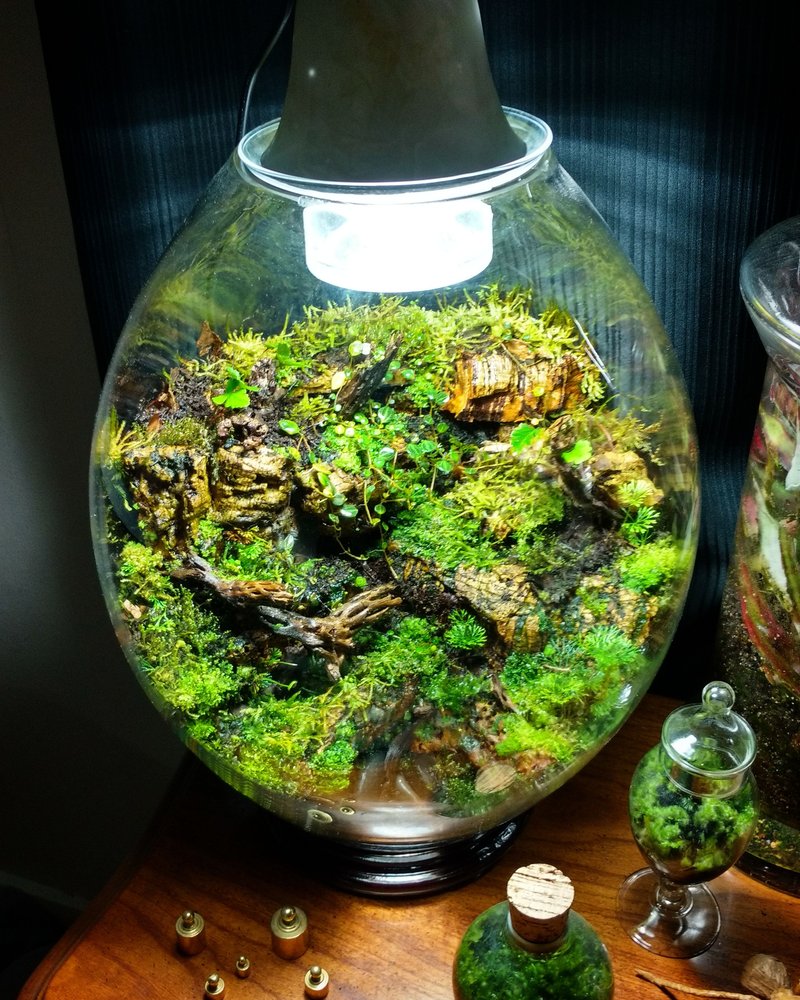
Now, keeping velvet worms in a terrarium can be a rewarding adventure, but it requires some thought and care. Think of it like setting up a cozy apartment for a friend. You want to make sure they have everything they need to thrive, which includes the right environment and food. As we explore this topic, we’ll break down how to do just that, along with some tips and tricks to keep your squishy buddy happy and healthy.
What Are Velvet Worms?
Velvet worms, also known as onychophorans, are fascinating creatures that can be found in tropical and subtropical regions around the world. They might look like worms, but they’re actually more closely related to insects and crustaceans. Imagine a tiny, fuzzy caterpillar with a soft body and a face that could make anyone smile. They come in various colors, ranging from earthy browns to vibrant greens.
These creatures are fascinating not just for their looks but also for their habits. Velvet worms are nocturnal hunters, using a sticky slime to trap their prey, usually insects or small invertebrates. This unique hunting method makes them quite interesting to observe. However, this also means that if you’re planning to keep them as pets, it’s essential to mimic their natural habitat as closely as possible in your terrarium.
Creating the Perfect Terrarium Environment
When setting up a terrarium for velvet worms, you’ll need to create a space that replicates their natural environment. Here’s what you need to consider:
- Humidity: Velvet worms thrive in a humid environment, typically around 70-90%. You can maintain this humidity by misting the terrarium regularly or using a humidity gauge to keep an eye on the levels.
- Temperature: They prefer temperatures between 18-22°C (65-72°F). A consistent climate is key, so avoid placing the terrarium in direct sunlight, which could overheat it.
- Substrate: Use a mixture of soil, peat, and leaf litter to create a comfortable base. This not only provides a cozy home for your worm but also helps retain moisture.
With these elements in place, you can create an inviting space that’s nearly as cozy as their natural habitat. Remember, the goal is to make them feel at home!
Feeding Your Velvet Worms
Feeding velvet worms might not seem difficult, but it’s essential to know what to offer. These little guys are carnivorous and enjoy a diet primarily made up of small insects. Here’s how to go about it:
- Prey Types: You can feed them small crickets, fruit flies, or other tiny invertebrates. It’s crucial to avoid large prey that might be overwhelming for them.
- Feeding Frequency: Depending on their age and size, you generally want to feed them every few days. Keep an eye on their appetite—if they don’t seem interested, you might be overfeeding or it might be too hot in the terrarium.
- Observation: Watching them hunt and eat is one of the delights of keeping velvet worms! It’s a great way to learn their habits and behaviors.
By providing the right food, you’re setting your velvet worm up for success, ensuring they grow healthy and strong.
Maintaining Humidity and Temperature
Keeping humidity and temperature stable is crucial for your velvet worms. You might find it challenging at first, but with the right strategies, it becomes easier. Here are a few tips:
- Regular Misting: Mist the terrarium daily, but avoid soaking it. Aim for a light spray that keeps the substrate moist without causing waterlogged conditions.
- Use of a Hygrometer: A hygrometer is a handy tool to track humidity levels. This can help you see if your misting routine is effective.
- Temperature Control: If your room temperature fluctuates, consider a small heat mat under one side of the terrarium. Just make sure it’s not too hot!
Maintaining the right conditions can feel a bit like being a scientist conducting an experiment. It might take some practice to find the best balance, but it’s worth it when you see your velvet worm thriving.
Common Mistakes to Avoid
Just like any pet, velvet worms come with their own set of challenges. Here are some common pitfalls to steer clear of:
- Overcrowding: While they don’t need a huge amount of space, placing too many in a single terrarium can lead to stress and competition for food.
- Ignoring Temperature Changes: Velvet worms are sensitive to temperature shifts. Be diligent in monitoring conditions and making necessary adjustments.
- Inconsistent Feeding: If you forget to feed them or change their diet too frequently, it can disrupt their feeding habits. Be consistent!
Avoiding these mistakes helps create a thriving environment for your velvet worms, ensuring they live long and healthy lives.
Social Behavior of Velvet Worms
You might be curious about whether velvet worms are social creatures. The answer is a bit nuanced. Velvet worms are primarily solitary and can become territorial, especially in confined spaces. Here’s what to keep in mind:
- Territorial Nature: In the wild, they tend to roam alone and may show aggression towards others if space is limited.
- Introduce Slowly: If you want to keep more than one, introduce them slowly and monitor interactions. Be ready to separate them if you notice aggressive behavior.
- Observation: Spend time watching their interactions. This helps you understand their behavior and needs better.
Understanding their social dynamics will help you provide an environment that respects their natural instincts.
Keeping velvet worms in a terrarium can be a fulfilling hobby, opening up a world of wonder and learning about unusual creatures. With the right setup, care, and attention, your terrarium can become a thriving home for these fascinating little beings.
Remember, each velvet worm is unique, and getting to know their individual habits can lead to a more rewarding experience. So gather your supplies, set up that terrarium, and enjoy the journey! Whether it’s through observation or caring for their needs, you’ll find joy in sharing your space with these incredible little creatures.

